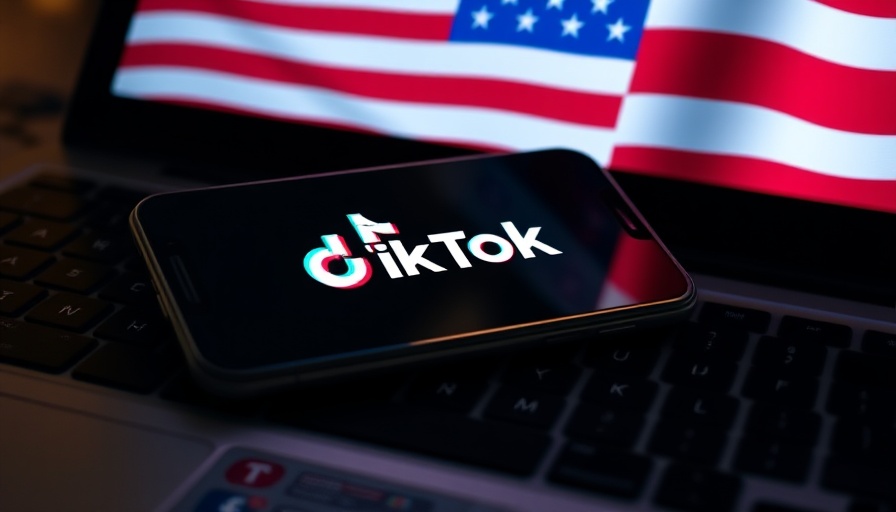
How Effective Are TikTok’s New Parental Controls?
Just a day after TikTok unveiled its anticipated parental control features, a digital safety expert raised eyebrows by demonstrating how easily these new safeguards could be circumvented. Designed to limit screen time and filter inappropriate content, these measures have sparked a debate among parents about their effectiveness and the broader implications for children online.
The Hidden Risks of TikTok and Its Allure
TikTok has rapidly ascended to become a central fixture in teenage culture, boasting over a billion users globally. The platform’s engagement-fueled design, which promotes addictive scrolling through algorithms that cater to individual users, remains a significant concern. Experts argue that while TikTok aims to encourage creativity, it inadvertently exposes children to inappropriate content due to inadequate age verification methods.
Dr. Leonard Sax, a family physician, emphasizes the dangers of allowing children under 13 on such social media platforms. Although TikTok’s terms of service mandate an age limit, youngsters often easily skirt around these restrictions by providing false birthdates. As a result, they can gain unrestricted access to videos that may contain suggestive or explicit content, undermining the platform's attempts to maintain a safe environment.
Teen Vulnerability: The Impact of Inappropriate Content
Notably, TikTok’s appeal lies in its vast library of user-generated content that can easily captivate teens. Yet, exposure to explicit or harmful videos can lead to serious consequences. Patterns of behavior, such as binge-viewing, can lead to the normalization of dangerous viral trends that place young users at risk.
Furthermore, trending topics on TikTok have included dangerous challenges that encourage harmful behaviors, such as self-harm and risky dares, raising red flags among parents and mental health advocates. As these challenges become widely participating, the potential for detrimental effects on teens' mental health grows.
Cyberbullying and Parental Concerns
As TikTok enables interactions with peers and strangers worldwide, it also becomes a breeding ground for cyberbullying. Victims may face attacks that contribute to feelings of anxiety, depression, and decreased self-worth. With the platform’s anonymity, both peers and unknown users can contribute to a toxic environment, complicating efforts for victims to seek help. A 2022 report indicated that TikTok received more requests to remove bullying content than any other platform, underscoring the scale of the issues faced by its young users.
Why Parents Must Take an Active Role
The launch of TikTok’s parental controls is a step towards addressing these challenges, but parents cannot solely rely on them. Features such as screen time limits and content restrictions often function as mere guidelines rather than strict boundaries, which teens can bypass easily.
To establish meaningful protections, parents are encouraged to engage with their children actively regarding their online experiences. Discussing the importance of privacy, open communication about internet safety, and the potential dangers associated with digital apps is crucial in fostering responsible online behaviors among children.
Best Practices for Monitoring and Control
Implementing parental controls on TikTok can be accomplished through its Family Pairing feature. Here’s how:
- Go to your child’s profile in TikTok.
- Select “Family Pairing.”
- Set screen time limits and adjust content preferences based on your child’s activity.
Additionally, considering third-party applications like Mobicip can enhance parental oversight by offering insights into your child’s activity on TikTok, thus helping you keep them safe.
Empowering Your Teen: Educational Discussions
Open dialogues focusing on online behavior can cultivate a sense of responsibility in teens as they navigate their social environments. Discussing topics such as the impact of social media on mental health, responsible content sharing, and identifying online risks empower them to approach their digital interactions purposefully.
In a world where social media plays such a critical role in development and socialization, maintaining this ongoing conversation can provide teens with the tools to navigate challenges and supports their overall well-being.
Final Thoughts on TikTok Safety
TikTok's new parental controls, while promising, highlight an essential truth: they are only as effective as parental involvement. Parents should continually educate themselves and their children on safe online behaviors, ensuring that children can harness the platform's creativity and connectivity without falling victim to its pitfalls. Remember, staying informed and proactive is key to safeguarding our children in a rapidly evolving digital landscape.
 Add Row
Add Row  Add
Add 




 Add Row
Add Row  Add
Add 

Write A Comment